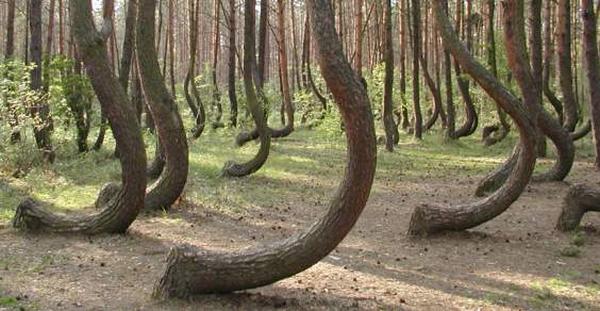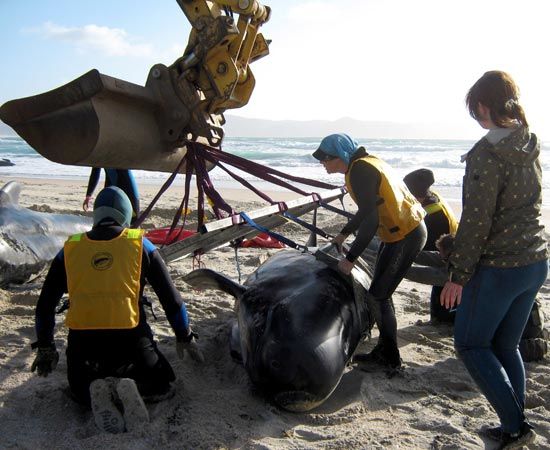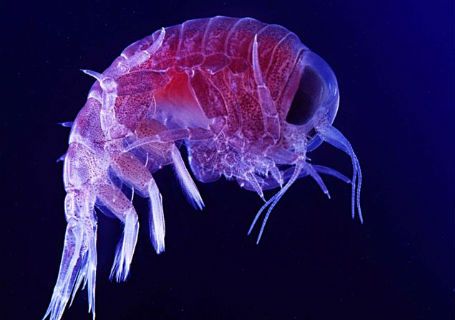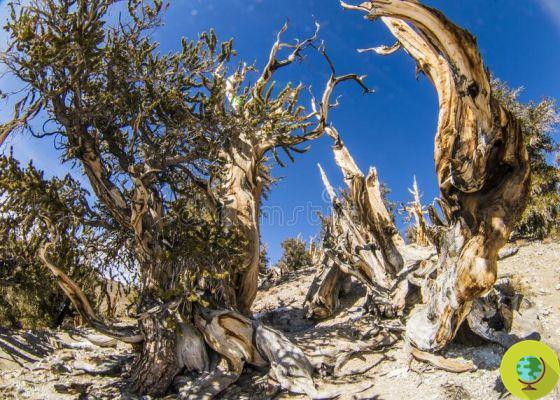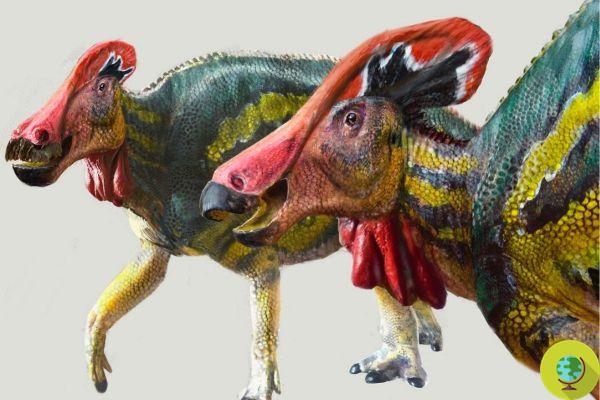
Incredible discovery in Mexico: bone remains of a dinosaur belonging to an extinct species 73 million years ago unearthed
He is about to end up run over, his mother saves himIncredible discovery in Mexico: numerous bone remains of a dinosaur belonging to a species never seen before and extinct 73 million years ago have been unearthed.
72 or 73 million years ago a colossal herbivorous dinosaur died in what must have been a sediment-rich water basin. The particular position allowed the skeleton to be preserved for a long time over the centuries, covered by soil and natural sediments, until the paleontologists of the Istituto Nacional de Antropología e Historia (INAH) recovered it, discovering that its remains belong to a species hitherto unknown: Tlatolophus galorum.
The research comes from an archaeological project started in 2013, with the discovery of a dinosaur tail in General Cepeda, in the state of Coahuila (Mexico). The recovery of 80% of the skull has allowed the identification of this hitherto unknown species: it is the first parasaurolophus found in Mexico.
“We had given up hope of finding the upper part of the specimen after all these years of searching in the area where the tail was found. Instead, to our surprise, we began to recover other bones - such as the femur, shoulder blade and other elements, ”he explains Angel Alejandro Ramirez Velasco, who took part in the excavation.
Cleaning and analysis of another 34 bone fragments was up to the posterior collection. Paleontologists had, in fact, the dinosaur's crest (1,32 meters wide) the same as other parts of the skull: lower and upper jaws, palate and, furthermore, the segment defined as the neurocranium - where the brain is located.
(Read: Discovered one of the most "extravagant" dinosaurs ever, completely different from any other known to date)
Given the exceptional conservation conditions of the skull (almost 80% of the bone structure), it was possible to compare the specimen with other species of hadrosaurus discovered in the region (such as the Velafrons coahuilensis).
This comparative examination revealed that the crest and nostrils of the new find were different from those of the Velafrons and very similar to those observed in another tribe of the same species: the parasaurolophus. The differences between the species did not end there: the crest of the specimen found in General Cepeda, in the shape of gout, differed from the tubular crest of the Parasaurolophus, the best known species of the Parasaurolophus, which inhabited the territories of New Mexico, Utah, United States, as well as Canada, and which is represented in cinemas in famous films such as Jurassic Park.
Source: National Institute of Anthropology and History
We also recommend:
- Adult T-Rexes became slow and could no longer keep up with their young
- Scientists discover two new ancient plesiosaur species: they inhabited Chile 160 million years ago
- Crocodiles populated the Alps 250 million years ago: the first fossil tracks have been discovered in Europe




